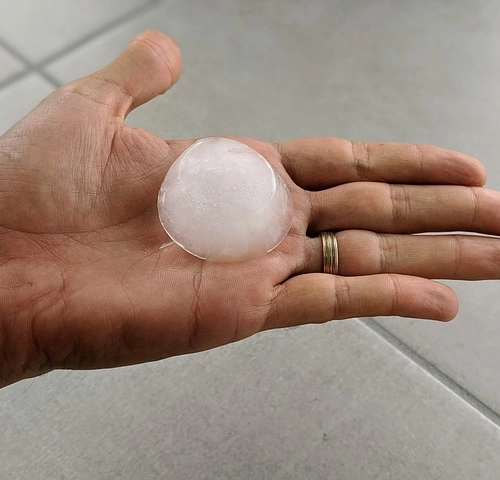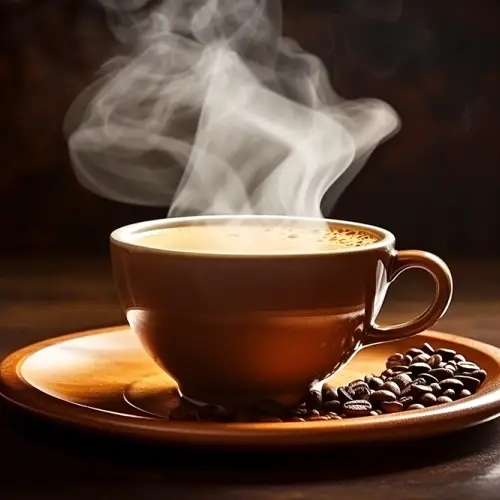
The second law of thermodynamics is one of the pillars of physics, as it explains why natural processes proceed in one direction and not the other. From the operation of household appliances to the evolution of stars, this law establishes fundamental limits on the transformation of energy. Its central concept is entropy, a quantity that measures the disorder of a system, and which tends to increase over time in closed systems.
In practical terms, the second law indicates that natural processes evolve towards states of greater disorder, and that the useful energy available progressively decreases.
There are different statements of this law, such as Clausius's law, which prohibits the spontaneous flow of heat from a cold body to a hot one, or Kelvin-Planck's law, which states that not all heat can be converted into work without loss. Both emphasize the irreversibility of processes: for example, a cold cup of coffee doesn't heat up on its own, nor does heat flow from the freezer to the stove without external intervention.
Below we show you 8 everyday examples of the second law of thermodynamics.
1. The melting ice cube
 When we place an ice cube on a table at room temperature, it melts. Heat flows from the (warmer) environment to the (colder) ice until they reach thermal equilibrium.
When we place an ice cube on a table at room temperature, it melts. Heat flows from the (warmer) environment to the (colder) ice until they reach thermal equilibrium.
This process increases the entropy of the system: the ice changes from an ordered state (solid) to a more disordered state (liquid). Liquid water never spontaneously freezes into a perfectly defined cube at room temperature, because that would imply a decrease in entropy.
2. Thermal engines
Heat engines, such as internal combustion engines, convert thermal energy into work. According to the second law, no heat engine can be 100% efficient: some heat is always lost, usually in the form of waste heat.
For example, a car engine converts the chemical energy of fuel into mechanical work.
However, a good portion of that energy is lost as heat in the exhaust, the radiator, or the engine block itself. This is inevitable and is perfectly explained by the second law.
3. Refrigerators and air conditioning
A refrigerator transports heat from its interior (colder) to its exterior (warmer), which at first glance seems to contradict the second law. However, this doesn't happen spontaneously: it requires work, that is, external energy (electricity) to operate a compressor that enables this process.
Thus, the refrigerator does not violate the second law because there is an energy consumption to force a process that would not naturally occur.
4. Gas diffusion
 Imagine breaking a bottle of perfume in a room. At first, the perfume molecules are concentrated in a single spot, but they quickly disperse throughout the room.
Imagine breaking a bottle of perfume in a room. At first, the perfume molecules are concentrated in a single spot, but they quickly disperse throughout the room.
This process is spontaneous, and increases the entropy of the system: the gas goes from an ordered situation (high concentration) to a more disordered one (uniformly distributed).
In reality, it never happens that the perfume spontaneously re-concentrates in the broken bottle, because that would imply a reduction in entropy.
5. Evolution of stars
Even at the cosmic level, the second law holds true. Stars like the Sun emit thermal radiation as a result of nuclear processes. Over time, they exhaust their fuel, and at the end of their lives, they collapse and cool.
This entire process involves a tendency toward a more disordered state with less available energy. The universe itself, as it expands and cools, moves toward a state of higher entropy, in what is known as the "heat death of the universe."
6. Cook an egg
When we boil an egg, the proteins within the white and yolk change their structure and coagulate. This process is irreversible from a thermodynamic point of view. A hard-boiled egg cannot spontaneously return to its raw state.
The increase in entropy is related to the structural change of the molecules that make up the egg.
7. Mixing liquids
 If we pour milk into a cup of hot coffee, they quickly mix. This process is natural and spontaneous because it involves an increase in entropy. The final mixture is more disordered than the two separate liquids.
If we pour milk into a cup of hot coffee, they quickly mix. This process is natural and spontaneous because it involves an increase in entropy. The final mixture is more disordered than the two separate liquids.
It cannot be spontaneously reversed to separate milk from coffee without applying external work.
8. Batteries
Batteries contain stored chemical energy. When used, that energy is converted into electrical energy and then into heat or motion. When discharged, the system (the battery) loses its initial order and its entropy increases.
Recharging a battery involves applying work to chemically “rearrange” the system, decreasing its internal entropy, but at the cost of increasing the entropy of the surroundings (because the recharging process generates heat).